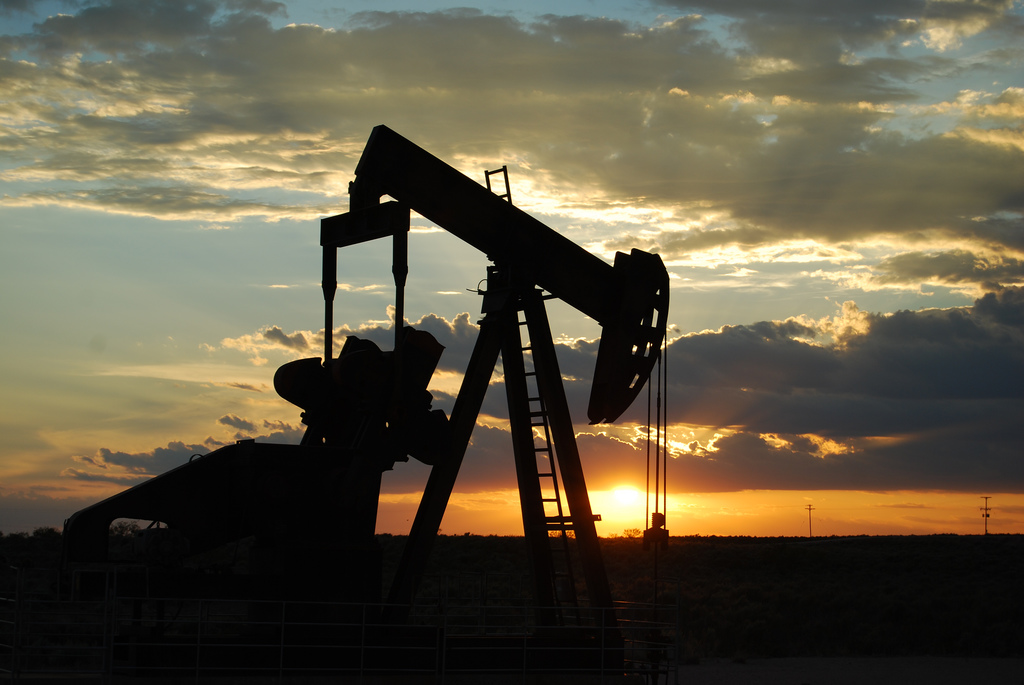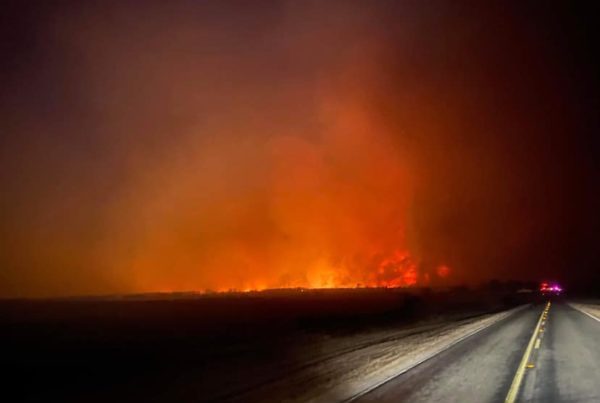This year’s CERAWeek energy conference in Houston was supposed to focus on the transition away from fossil fuels as a way of fighting climate change.
Then came Russia’s invasion of Ukraine.
During the conference’s keynote address, U.S. Energy Secretary Jennifer Granholm laid out the case for tapping into strategic reserves and called on companies to increase supply.
“We are on war footing,” said U.S. Energy Secretary Jennifer Granholm during the conference’s keynote address. “We are in an emergency. And we have to responsibly increase short term supply where we can right now to stabilize the market and to minimize harm to American families.”
That’s the stance Republican members of Congress from Texas have been demanding since President Joe Biden took office, but his harshest critics have claimed the messaging is just lip service. Woodlands congressman Kevin Brady called it “intellectually dishonest” on Twitter, and U.S. Rep. Tony Gonzales — whose district overlaps the Permian Basin — said he wasn’t buying the change in tone either.
“I think words are one thing,” he said. “Anybody can say anything. I think action is exactly where it needs to be at.”
But whether or not the president takes more action, experts say there’s only so much the White House can do to increase production and bring down prices as it runs up against market forces and the politics of other countries beyond its control.
Energy independence is an elusive dream that presidents have been talking about since the early 1970s. The problem is the U.S. consumes far more than it produces, even after the shale revolution made it the largest oil producer in the world. In 2021, the U.S. produced about 11 million barrels of crude oil per day, and consumed about 20 million per day, according to the U.S. Energy Information Administration.
At its peak in 2019, U.S. production reached more than 13 million barrels a day. The high price of oil is already driving production back up to that level, but the U.S. Department of Energy predicts that won’t happen until 2023.
Texas is already much further along in terms of ramping up oil production than the rest of the country. Ingham said the state is less than a year away from reaching all-time record production, with the Permian’s already reaching all-time highs.
Some of the remaining 7 million barrels a day the U.S. consumes can come from Canada, the U.S.’s largest foreign supplier. That’s part of the reason Republican lawmakers among others have been lambasting Biden for killing the Keystone XL pipeline as one of his first acts in office. There’s little evidence to suggest that allowing the pipeline to go forward would have averted the present crisis.
“While Keystone XL was a political football from 2008 through 2022, other pipeline companies doubled and expanded their ability to push oil across the border,” said Ed Hirs, energy fellow at the University of Houston. “And we still get lots of oil from Canada by railcar on trains. Canada can scale up their production and put more railcars in.”
Hirs added that former President Donald Trump isn’t blameless either: “The last administration had four years to complete (the Keystone XL pipeline) and failed to do so,” he said.
Much of the rest of the crude oil America consumes comes from less reliable sources. Many of those are either members of the Organization of the Petroleum Exporting Countries or are cooperating with the OPEC cartel in restricting their crude oil production in order to keep prices high.
That was before Russia’s invasion of Ukraine triggered Western sanctions, which has taken even more Russian oil off global markets. Just how much is still unclear. Karr Ingham, petroleum economist with the Texas Alliance of Energy Producers, estimates Russia produces about 10 million barrels of oil a day, some of which it uses at home.
“How much of that is going to be lost to the global marketplace, we don’t have any idea,” Ingham said. “If it’s a million barrels a day or 2 million barrels a day — I’ve heard numbers thrown around this week of 5 or 6 million barrels a day. There’s no place to go get that kind of supply from. That gap cannot be filled by existing producers, either in the United States or elsewhere.”
Still, the Biden administration could be doing more to encourage production, Ingham said — if only by easing the minds of investors, who have been reluctant to put money into new production, given the Biden administration’s energy policies.
“There are some things that they could do, clearly, directly, and that is to just ease up the permitting process on federal lands, federal property, federal lands and waters,” Ingham said. “They’ve been generally negative about the development of such things, and so again with a change in tone and a change in federal practice about permitting these projects that would go a long way to suggesting to oil and gas operators in Texas and the United States that the sentiment toward domestic oil and gas production has changed, which in turn hopefully leads to a changing sentiment on the part of investors in that industry, removes a little bit of the uncertainty about putting that money at risk.”
But Mark Finley, energy and global oil fellow at Rice University’s Baker Institute, said Biden’s energy policies aren’t the main reason investors have been reluctant to lend to producers. Rather, after a decade of focusing on growth, investors are demanding a return on their money.
“Rather than drilling more when prices went up last year — and it was one of the biggest oil price increases the world’s ever seen — instead, the industry focused on paying down debt and returning money to shareholders,” Finley said. “In fact, the industry had record profit last year.”
All that money is needed because there’s more involved in increasing production than simply turning on pumps. Like every other industry, the oil and gas sector is wrestling with supply chain shortages on things like piping – also known as tubular goods – and sand for fracking.
There’s also a shortage of labor, stretching from rig workers to truck drivers, and Finley wasn’t convinced getting them back will be as simple as offering more money.
“I don’t know (about) all those crews that were laid off during the pandemic,” Finley said. “Where are they now? Are they sitting down at the local employment office waiting to be hired back or have they moved on?”
Ingham, from the Texas Alliance of Energy Producers, said there’s no chance the industry will return to its pre-pandemic peak of employment – more than 300,000 in 2014 – but it’s still primed for a hiring boom.
“I think we’re set up to add, probably potentially several tens of thousands of jobs, if we have kind of a long, sustained expansion here, which means prices even in the $75, $80, $100 range,” Ingham said.















